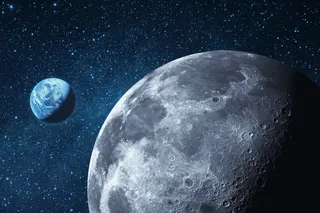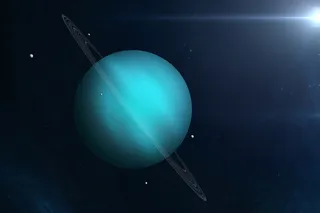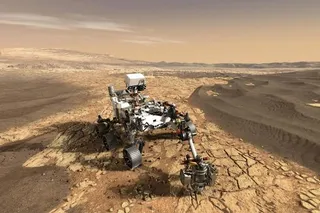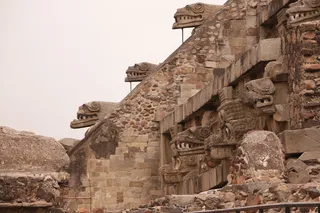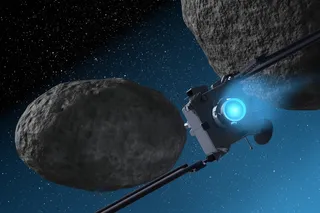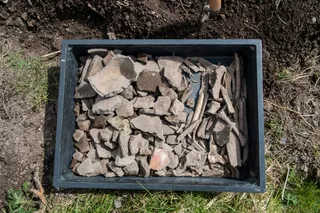During a busy first year in orbit around Saturn, the Cassini spacecraft got its first close-up look at the ringed planet’s sixth-largest moon, Enceladus—and wowed scientists in the process. The spacecraft discovered a significant atmosphere, evidence that water may lurk beneath the surface, and clues that Enceladus (pronounced en-SELL-uh-dus) may currently contain active volcanoes.
The 310-mile-wide moon (right) has long been interesting because of its landscape, marked by cratered plains and a complex network of surface cracks (left). The latest images, which show fractures up to several miles wide, all but confirm that the moon was geologically active in the past. During Cassini’s two close Enceladus flybys this spring, its Visual Infrared Mapping Spectrometer detected strong signatures in Saturn’s magnetic field around the moon. Scientists believe some sort of gas escaping from either the surface or the interior of the moon must be causing these perturbations.
The probable scenario, says ...



